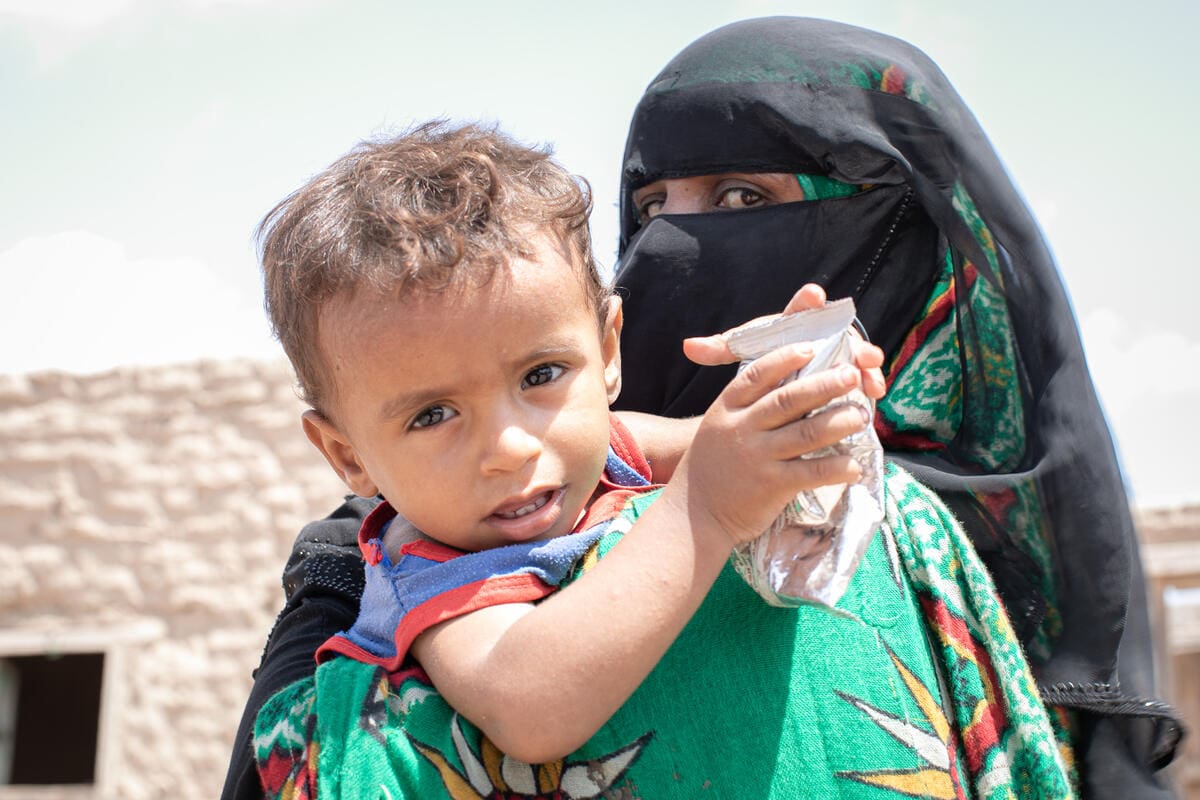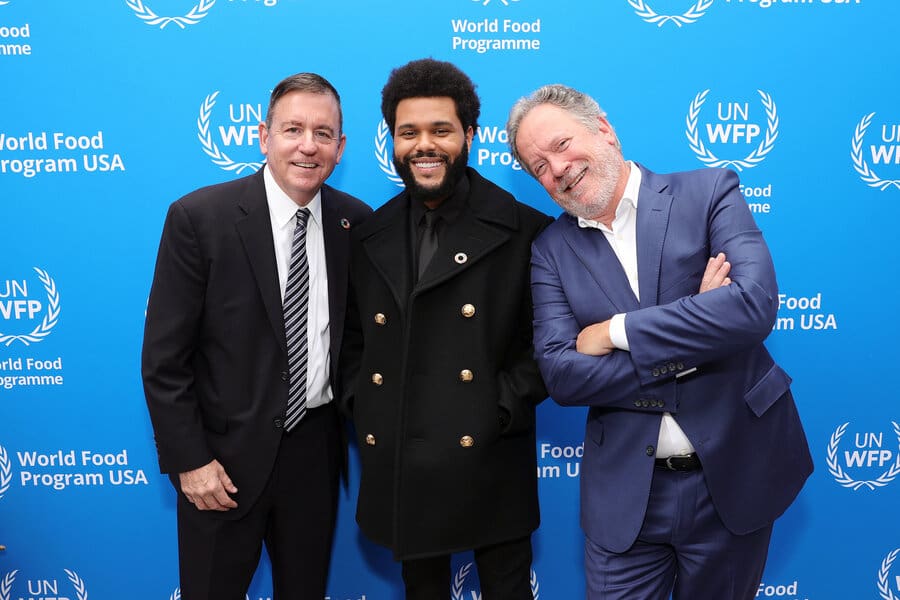As We Escape to the Metaverse, We Must Not Abandon Real World Crises

I recently printed out and taped an email below my monitor. Neither an inspirational quote nor a daily affirmation, this simple message took up less than two lines: “My 8-year-old saw a piece on ABC News two nights ago about the hardships in Madagascar and he begged to help.”
The boy’s inspired deed was the product of an immensely powerful media moment. Across ABC’s network in November, millions watched the devastating images of children of Madagascar suffering from famine driven almost entirely by climate.

Young girls with distended stomachs, a child pawing at a dripping water jug and more heartbreaking stories played out in ABC News’ report.
The story urged tens of thousands of Americans to support the United Nations World Food Programme’s (WFP) work to deliver lifesaving food, raising more than $3 million in seven days with contributions ranging from $10 to $25,000. (You can consider donating to send food aid families in need to families in countries like Madagascar and around the world here.)
Within the international nonprofit community, crisis drives support. Whether a monsoon, an earthquake or a devastating conflict, a calamity demands the eyes of nations and Americans are always the first to offer a lifeline.
That said, I worry for that eight-year-old and the kind of media landscape he’ll grow up in. We live in a time of fragmentation, algorithms and headline skimming, which makes monolithic media moments — families across the country glued to televisions and reaching out to help — fewer and farther between.

As a point of reference, the Super Bowl hit its highwater mark for ratings in 2015 and more than half of Americans prefer to get their news through a digital platform.
Could a Friendship Train or a Live Aid concert happen today? 600 million people worldwide watched the Apollo 11 Space Mission when man first walked on the moon; Star Trek legend William Shatner’s real-life trip to the final frontier last month has a little over 100,000 views on YouTube.
Add to that the recent promise of escaping to the “metaverse,” the next frontier for tech companies and social media networks. Time Magazine launched a metaverse newsletter earlier this year and every tech company — today’s access points for news — seems to have a metaverse strategy. This hyper-slick augmented and virtual reality platform will apparently focus on presenting idealized versions of social interactions.
This raises the question: On these platforms of the future, how often will people seek out experiences that reveal enduring famine-like conditions such as those in Madagascar?

And, how often will the algorithms tasked with populating feeds present content showing hunger crises around the world?
There’s no doubt about the need for exposure. To provide food assistance for the 45 million on the brink of starvation across the globe, in addition to efforts to prevent geopolitical instability and mass migration, the U.N. World Food Programme projects it will need over $6 billion. That’s a fraction of a fraction of the $10 trillion in wealth billionaires gained during the pandemic, so the wealthiest corporations and individuals around the world need to step up for the millions around the globe facing famine-like conditions.
At the same time, the average cost of a U.N. World Food Programme meal is 50 cents. So, whether a billionaire or an eight-year-old boy, it’s not the size of the donation but the act of giving that matters. That’s especially true of digital-native generations who live on platforms like TikTok and Instagram. Nearly 75 percent of Millennials and 66 percent of Gen Z reported making some kind of donation during the pandemic.

This is an education and awareness issue. For my organization’s part, I’ve been heartened by the support we’ve received from a new generation of donors and Goodwill Ambassadors, including our recent partnership with The Weeknd. They know how to make noise in this new media environment better than anyone.
I’m still left wondering, however, if the Madagascar crisis — or the ongoing crises in Yemen, or Syria, or the Democratic Republic of Congo — will break through for the average American in the coming five, 10 or 20 years. A single news program will never reach Apollo 11 numbers again, yet there are some 5.1 billion internet users, 350 million in North America alone.
As our news consumption becomes more curated and built to keep us scrolling, plugged in or exploring the metaverse, we all must challenge ourselves to keep the less fortunate in our hearts. We must not shy away from reading tough news stories and learning about humanity’s struggles. Tech and media companies also have a responsibility to not paper over the hard truths of the world, even if that means sacrificing views and clicks.
Americans would never turn away from the faces of the hungry, but it could be another story if we never see them.
Barron Segar is President and CEO of World Food program USA, a leading nonprofit that supports the mission of the United Nations World Food Programme, the 2020 Nobel Peace Prize Laureate, by mobilizing American policymakers, businesses and individuals to advance the global movement to end hunger.
This story originally appeared on The Hill on January 4, 2021.




